
Les salamandres - Créatures de feu?
 5 min
5 min
Les salamandres - Créatures de feu?
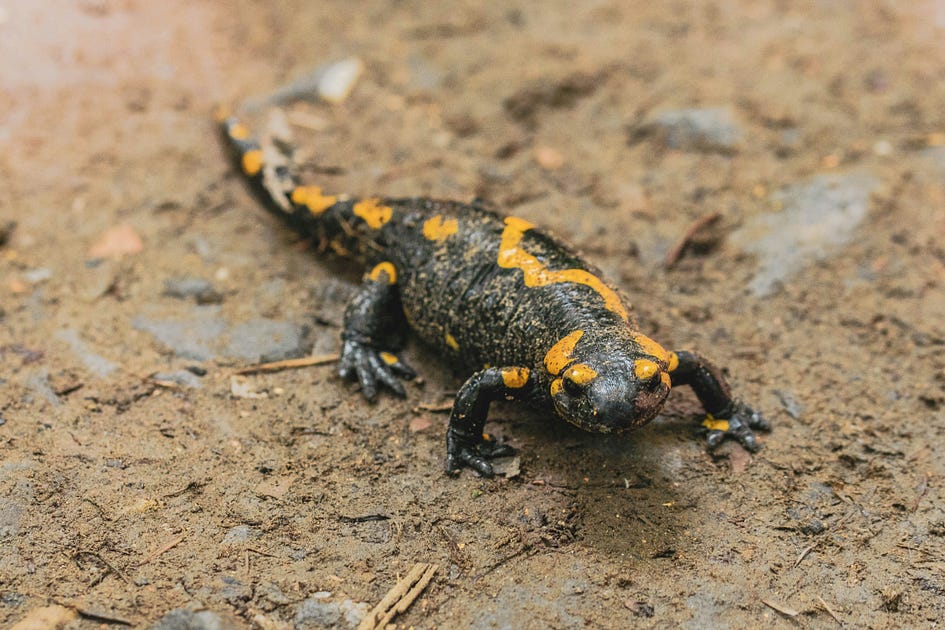
La salamandre tachetée est une créature fascinante qui occupe une place particulière dans le règne animal. Elle a une peau lisse et froide et mesure généralement une quinzaine de centimètres de long. Son pelage noir, tacheté de jaune vif, lui confère une apparence unique et magnifique. Bien que cette créature dépende de l'environnement aquatique pour se reproduire, son association avec le feu la rend mystérieuse et étrange.
Comment un animal aquatique peut-il être lié au feu ?
Au fil des siècles, ces amphibiens ont inspiré des légendes, des symboles et même des emblèmes royaux, des devises militaires et des marques d'appareils de chauffage, comme s'ils étaient les gardiens du feu.
Les origines de la légende
Au cœur de cette fascination se trouve une ancienne croyance selon laquelle les salamandres hibernaient dans des souches creuses, qui étaient ensuite souvent récupérées comme bois de chauffage. Une fois enflammées, ces bûches réveillaient les salamandres, qui émergeaient des flammes.
Les salamandres françaises ajoutaient à leur mysticisme leur salive toxique, capable de brûler la peau de quiconque osait les toucher. C'est pourquoi la tradition populaire a renforcé l'idée de lier ces créatures énigmatiques à l'élément feu.
Même François 1er y croyait!

En 1510, le médecin-botaniste Joachim Camerarius aurait observé et confirmé que la salamandre était le seul animal capable de survivre dans le feu. Compte tenu de son statut dans le monde médical, cette information est prise au sérieux. François 1er choisit alors la salamandre comme emblème pour faire passer le message qu'il survivra à toutes les épreuves. Il choisit la devise "nutrisco et extingui", ce qui signifie : "Je nourris (le bon feu)" : Je nourris (le bon feu) et j'éteins (le mauvais).
Les philosophes s'expriment sur le sujet
Le lien entre les salamandres et le feu a également été souligné par le médecin-philosophe et alchimiste suisse Paracelse en 1565. Il associe la salamandre à l'élément feu, la plaçant aux côtés d'autres créatures magiques représentant les éléments naturels.
L'artillerie française a adopté la salamandre comme emblème, entourée de flammes, avec la devise "Nous aussi nous sommes à l'épreuve du feu". Cette symbolique puissante a traversé les siècles, soulignant la résistance et la force, caractéristiques attribuées à ces créatures fascinantes.

C'est assez les légendes! Vérifions scientifiquement!
En 1750, Pierre Louis Moreau de Maupertuis, mathématicien, philosophe et homme de lettres français, entreprend de vérifier "scientifiquement" la légende selon laquelle les salamandres résistent au feu. Il en jette des dizaines dans une cheminée...
Malheureusement, ses observations ont démenti cette croyance, mais la réputation extraordinaire des salamandres a perduré.
Le symbolisme de la salamandre demeure
Au fil des siècles, la salamandre a conservé son statut de symbole royal et magique. Sculptée au-dessus des portes principales des châteaux et représentée dans les plafonds à caissons de sites tels que Chambord, elle continue d'intriguer et d'inspirer. Même l'école d'artillerie de Fontainebleau a adopté cette créature entourée de flammes pour illustrer sa résistance face au feu.

La salamandre, riche d'une histoire mystique et symbolique, a même marqué le monde moderne en donnant son nom à une marque d'appareils de chauffage. Déposée en 1889, cette marque est aujourd'hui recherchée par les amateurs d'antiquités, rappelant la fascination persistante pour cette créature extraordinaire, animal de feu par excellence.









 English
English
 Français
Français
 Deutsch
Deutsch
 Italiano
Italiano
 Español
Español

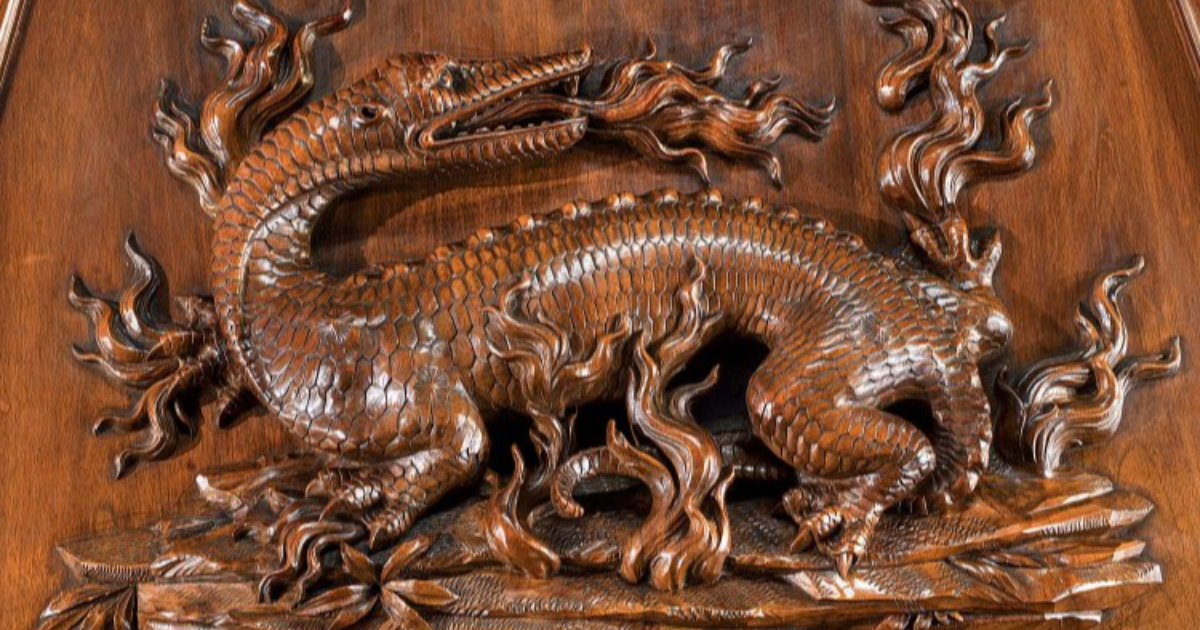

 Contribuisci
Contribuisci


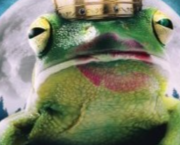


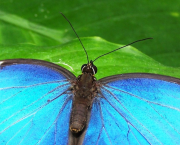








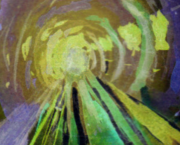
 Puoi sostenere i tuoi scrittori preferiti
Puoi sostenere i tuoi scrittori preferiti





